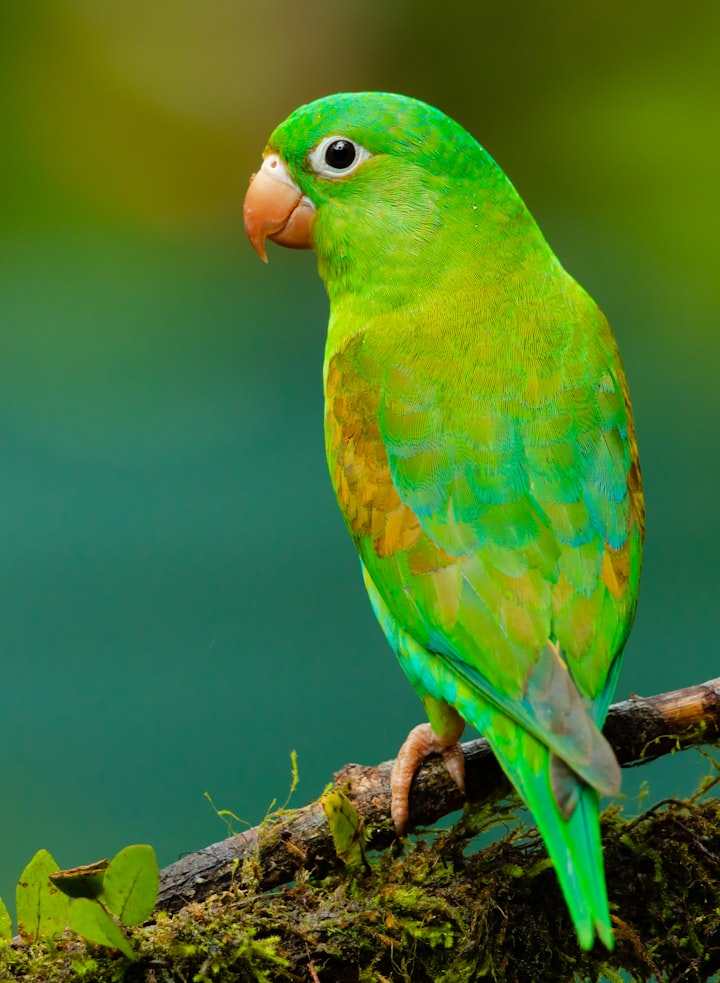
Title: Parrots: Colorful Avian Companions of the Skies
Introduction:
Parrots, renowned for their vibrant plumage and intelligent nature, have captured the fascination and admiration of humans for centuries. These charismatic birds are known for their ability to mimic human speech and display a wide array of behaviors that make them captivating and beloved companions. In this article, we delve into the captivating world of parrots, exploring their characteristics, natural habitats, unique abilities, and the challenges they face in the modern world.
Diversity and Habitat:
St
Parrots exhibit a remarkable diversity in species and habitats, with their natural distribution spanning various regions across the globe. Here, we explore the diversity of parrot species and their habitats:
Species Diversity:
With over 393 known species, parrots encompass a wide range of sizes, colors, and adaptations. The species range from small, delicate parakeets to large and majestic macaws. Each species possesses unique characteristics and adaptations that enable them to thrive in their specific habitats.
Geographic Distribution:
Parrots are found in different parts of the world, although they are most diverse in Central and South America, as well as Oceania (particularly Australia and neighboring islands). In the neotropical regions of Central and South America, parrots can be found in abundance, occupying diverse ecosystems such as rainforests, cloud forests, and savannas. Australia, known as the "land of parrots," is home to a significant number of parrot species, including cockatoos, lorikeets, and rosellas. Other regions with notable parrot populations include Africa, Asia, and parts of the Pacific.
Habitat Types:
Parrots have adapted to various habitat types, demonstrating their versatility and resilience. Some common habitats where parrots thrive include:
a. Tropical Rainforests: Parrots are often associated with lush rainforest environments, where they find an abundance of food sources such as fruits, nuts, and seeds. These habitats provide the necessary cover, nesting sites, and resources for parrots to flourish.
b. Savannas and Grasslands: Certain parrot species, such as the Monk Parakeets, inhabit open grasslands and savannas. These birds have adapted to live in drier environments and utilize available food sources, such as grass seeds and grains.
c. Woodlands and Forest Edges: Many parrot species can be found in woodland areas and forest edges, where they have access to both forest resources and open areas for foraging. These habitats provide a mix of vegetation types and attract a diverse range of parrot species.
d. Coastal and Island Habitats: Some parrot species, like the Palm Cockatoo and the Kakapo, inhabit coastal regions and islands. These birds have adapted to unique ecosystems, relying on specific food sources and nesting sites found in these environments.
Habitat Threats:
Parrots face significant habitat threats due to human activities. Deforestation, driven by agriculture, logging, and urbanization, poses a severe risk to parrot populations worldwide. The destruction of their natural habitats diminishes the availability of food sources, nesting sites, and safe roosting areas. Climate change also impacts parrot habitats, altering weather patterns, and leading to habitat degradation and shifts in vegetation.
Conservation efforts are crucial to mitigate these threats and ensure the long-term survival of parrot species. Protecting key habitats, promoting sustainable land-use practices, and raising awareness about the importance of preserving parrot habitats are essential steps toward safeguarding these diverse and charismatic birds.riking Physical Features:
One of the most distinctive features of parrots is their colorful plumage. From the scarlet macaws of South America to the vibrant lorikeets of Australia, parrots showcase a breathtaking array of hues. These brilliant colors serve multiple purposes, including attracting mates, camouflaging in their environment, and signaling social hierarchies within their flocks.
Intelligence and Communication:
Parrots are renowned for their exceptional cognitive abilities. They possess highly developed problem-solving skills, can recognize themselves in mirrors, and demonstrate an aptitude for learning complex tasks. Moreover, parrots are accomplished vocal mimics, capable of imitating a wide range of sounds, including human speech. Some species, such as the African grey parrot, have been known to acquire an extensive vocabulary and engage in meaningful conversations with their human caregivers.
Social Behavior and Flocking:
Parrots are inherently social creatures, forming tight-knit flocks that serve various functions. Flocking provides safety in numbers, facilitates foraging and sharing of food sources, and aids in raising young. The complex social dynamics within these flocks involve intricate hierarchies, cooperative breeding, and communication through vocalizations and body language.
Conservation Challenges:
Despite their captivating nature, parrots face numerous challenges that threaten their survival. Habitat loss due to deforestation, illegal pet trade, and climate change are significant contributors to declining parrot populations. Additionally, some parrot species are vulnerable to diseases, predation, and competition with invasive species. Conservation efforts, including habitat protection, captive breeding programs, and public education, are crucial for ensuring the survival of these remarkable birds.
Conclusion:
Parrots, with their striking colors, intelligence, and captivating behaviors, hold a special place in the hearts of bird enthusiasts worldwide. Their ability to communicate, mimic speech, and showcase remarkable problem-solving skills has fascinated humans for centuries. However, these beautiful birds face an uncertain future due to various human-induced threats. It is our responsibility to protect and preserve their natural habitats and work towards sustainable practices to ensure that future generations can continue to marvel at the beauty and brilliance of parrots, the colorful avian companions of the skies.






Comments
There are no comments for this story
Be the first to respond and start the conversation.